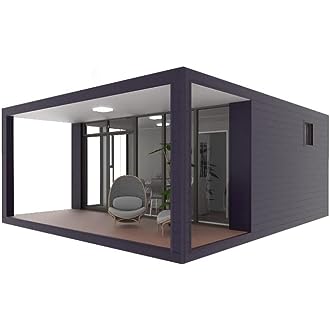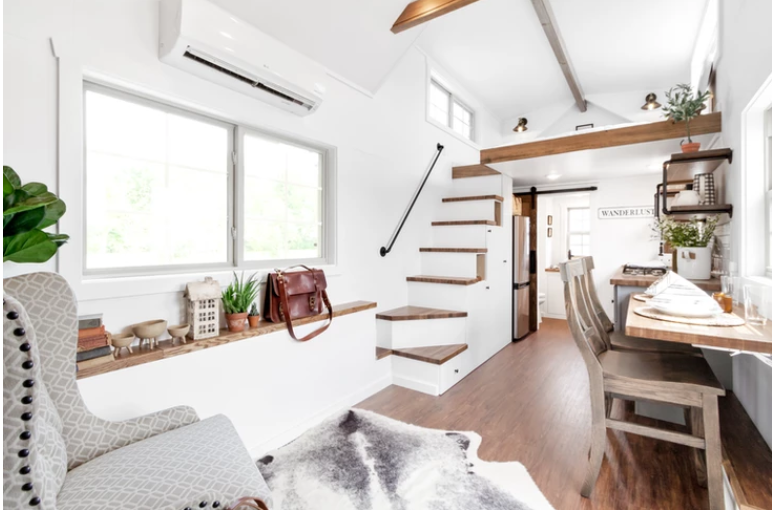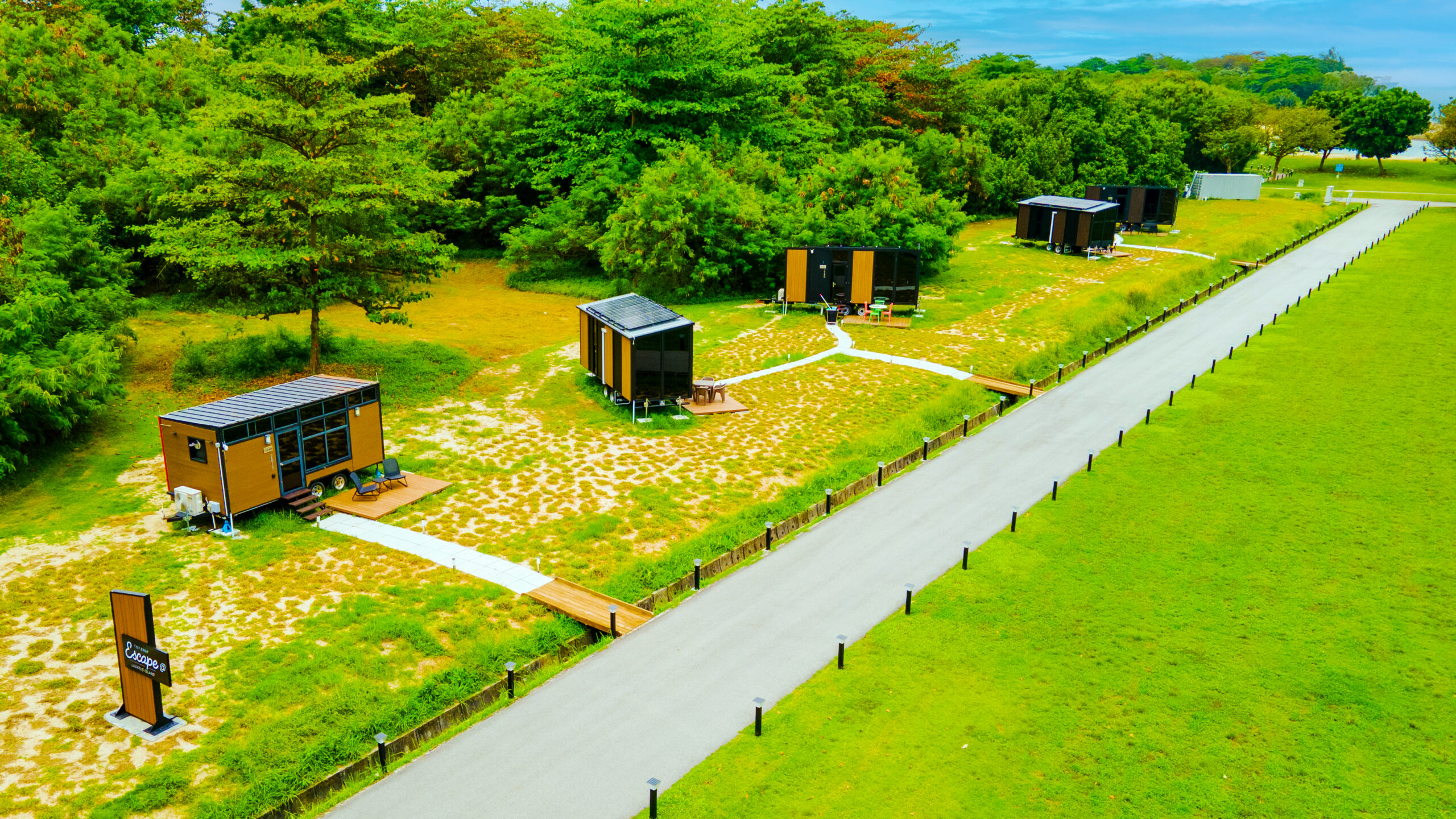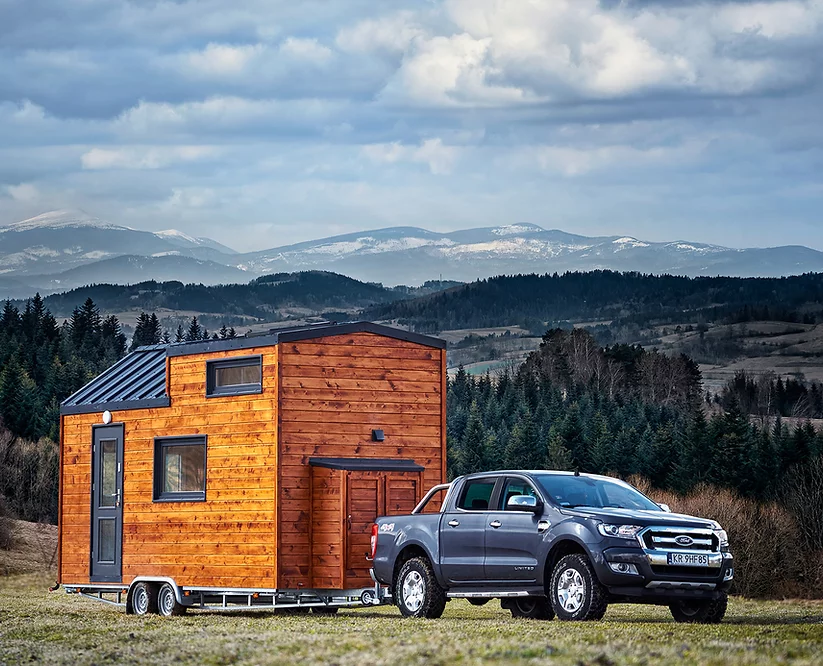Are you dreaming of a simpler, more minimalistic lifestyle? Tiny houses have captured the imaginations and aspirations of people around the world. Tiny houses offer a range of benefits, from affordability to sustainability. But before you take the plunge into the world of tiny house living, it’s important to consider the pros and cons. In this article, we unveil the truth about tiny house kits – the pre-built structures that offer an alternative to traditional home construction. We explore advantages such as cost, time, and convenience.
On the flip side, we also examine the potential drawbacks, including limited space, zoning restrictions, and finding suitable locations. Whether you’re enchanted by the idea of downsizing or considering a tiny house as an investment opportunity, weighing the pros and cons is crucial. So, join us as we dive into the world of tiny house kits, revealing the insights you need to make an informed decision.
Pros of Using Tiny House Kits
Tiny house kits have gained popularity in recent years, and for good reason. They offer several advantages that make them an attractive option for those looking to downsize and simplify their lives. Some of the pros include:
- Simplicity and Convenience: Tiny house kits come with pre-designed and pre-measured materials, making it easier for individuals without extensive construction experience to build their own tiny homes.
- Cost-Effective: Kits often provide a more affordable option compared to custom-built tiny houses, as they eliminate the need for architectural and design fees.
- Customization: While kits offer a basic structure, they still allow for personalization in terms of interior design, layout, and finishes.
- Time-Saving: Building with a kit can save significant construction time compared to traditional methods, making it an efficient choice for those eager to move into their tiny home sooner.
Cons of Using Tiny House Kits
However, it’s essential to consider the potential downsides of using a tiny house kit:
- Limited Design Flexibility: While there is room for customization, kits have constraints on design and layout, which may not meet everyone’s preferences or needs.
- Skill Requirements: Even with a kit, building a tiny house can be a challenging project, and it still requires some level of construction skill and knowledge.
- Permit Challenges: Depending on local building codes and regulations, you may face obstacles when attempting to obtain permits for a tiny house built from a kit.
- Transportation Costs: Getting the kit to your desired location can sometimes be costly, especially if it’s far from the supplier.
Key Considerations Prior to Acquiring a Tiny House Kit
Tiny house kits offer a straightforward way to embrace a simpler lifestyle. However, before you dive in, there are a few key things to keep in mind:
Local Rules and Regulations: Different places have their own rules about tiny houses. Make sure you check the local zoning laws and building codes to make sure your tiny house fits in where you want to put it.
Budget Planning: Think about how much money you can spend on your project. Consider not only the kit’s cost but also expenses like buying land, permits, utilities, and any unexpected costs. If you need help with financing, explore your options.
Time and Skills: Building a tiny house, even with a kit, takes time. Consider how much time you can commit to the project. Also, think about your construction skills. If you’re not experienced, be prepared to learn or consider hiring experts for certain parts of the job.
Choosing the Right Kit: Research the companies that sell the kits thoroughly. Make sure the kit you pick suits your needs and quality standards. Read reviews, ask for references, and if possible, look at completed projects to see if the kit is up to your standards.
Comparison of Different Tiny House Kit Options
When it comes to tiny house kits, there are various options available, each with its own unique features and benefits:
All-Inclusive Kits: These kits provide a comprehensive solution, often including appliances, fixtures, and everything needed to complete the entire house. They are convenient for those seeking a one-stop solution.
Shell Kits: Shell kits offer a basic structure, providing more flexibility for interior customization. If you have specific preferences for the interior layout, this option allows you to design your tiny house to suit your needs.
(SIPs) Structural Insulated Panels Kits: SIPs kits use advanced construction materials that enhance energy efficiency and reduce assembly time. They are ideal for those looking to maximize insulation and minimize energy consumption.
Tips for Building a Tiny House Using a Kit
To ensure a successful project, consider these helpful tips:
- Plan Carefully: Take the time to plan every detail before starting the construction process.
- Acquire Necessary Skills: If you lack construction experience, consider taking workshops or hiring a professional for specific tasks.
- Safety First: Always prioritize safety and follow proper construction protocols.
Cost Considerations for a Tiny House Kit
While kits offer cost savings compared to custom-built homes, it’s crucial to consider the full financial picture, including:
- Kit Price: Determine the cost of the kit itself.
- Land Expenses: Factor in the cost of land, which can vary greatly depending on location.
- Utilities and Permit Fees: Include expenses related to utilities and any necessary permits.
Maintenance and Durability of Tiny House Kits
Tiny house kits are designed for durability, but regular maintenance is still essential to ensure your home’s longevity. This may involve:
- Roof and Siding Maintenance: Regular inspections and upkeep of your home’s exterior.
- Interior Care: Maintenance of appliances, fixtures, and the interior living space.
Alternative Options to Tiny House Kits
While kits are a popular choice, there are alternatives to consider, such as:
- Custom Builds: Custom-built tiny houses offer complete design flexibility but may be more expensive.
- Converted Structures: Some individuals repurpose existing structures like shipping containers or school buses for tiny living.
Conclusion: Is a Tiny House Kit Right for You?
In the end, the decision to use a tiny house kit depends on your individual preferences, skills, and circumstances. Kits offer convenience and affordability, but they may not be the best choice for everyone. Careful consideration of your goals and resources is crucial when deciding if a tiny house kit is the right path for your tiny living dream.
Image:www.amazon.com



